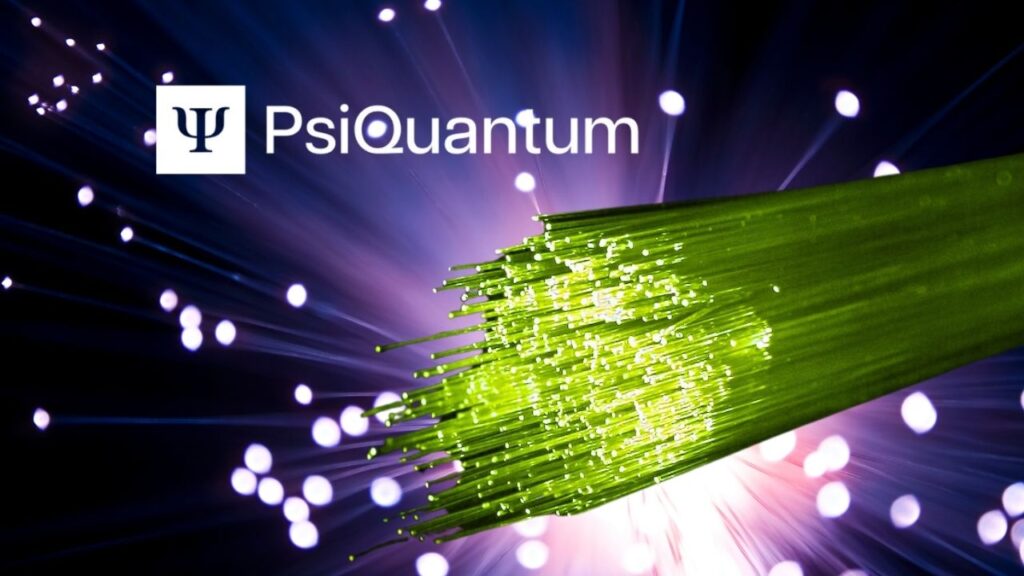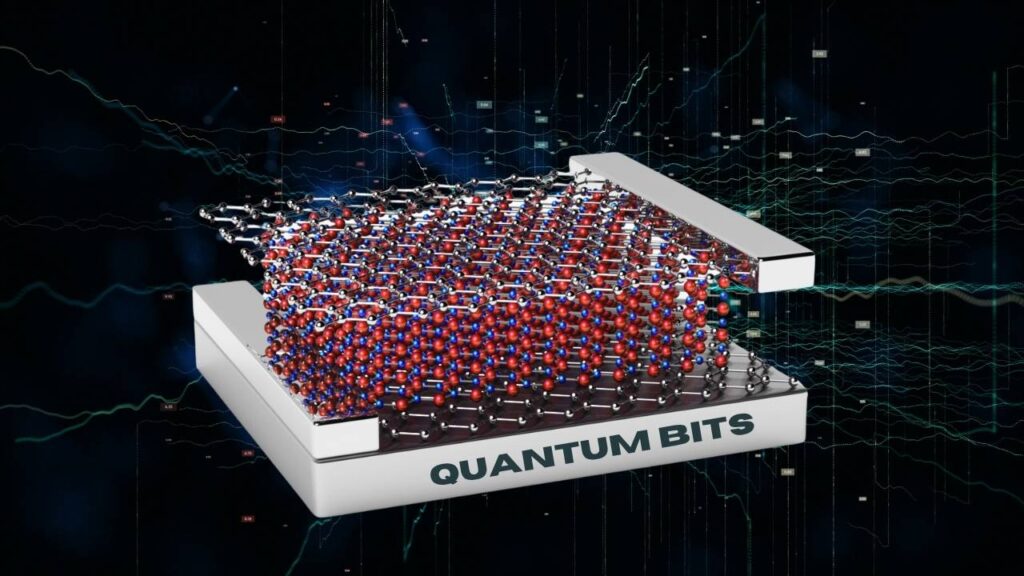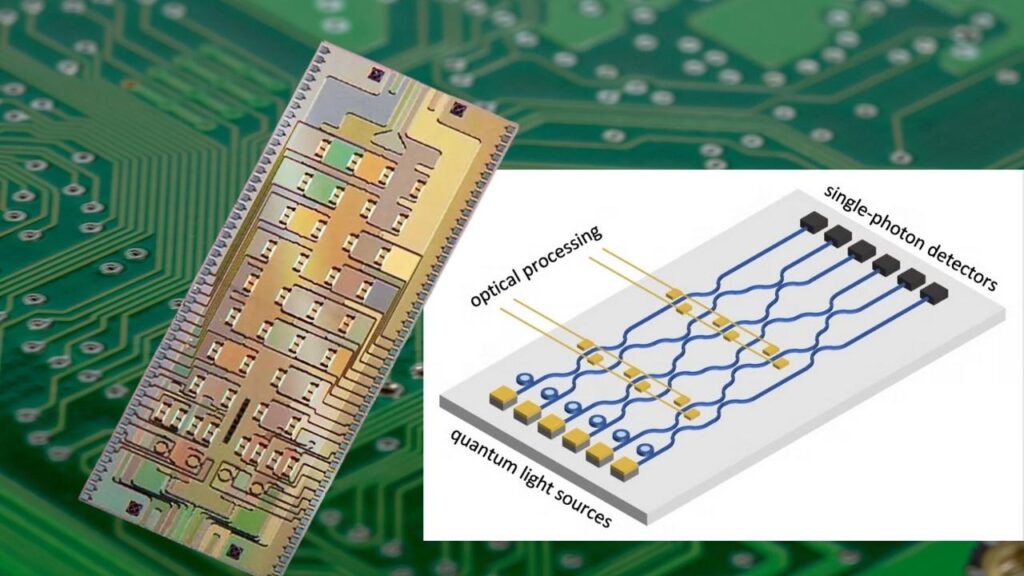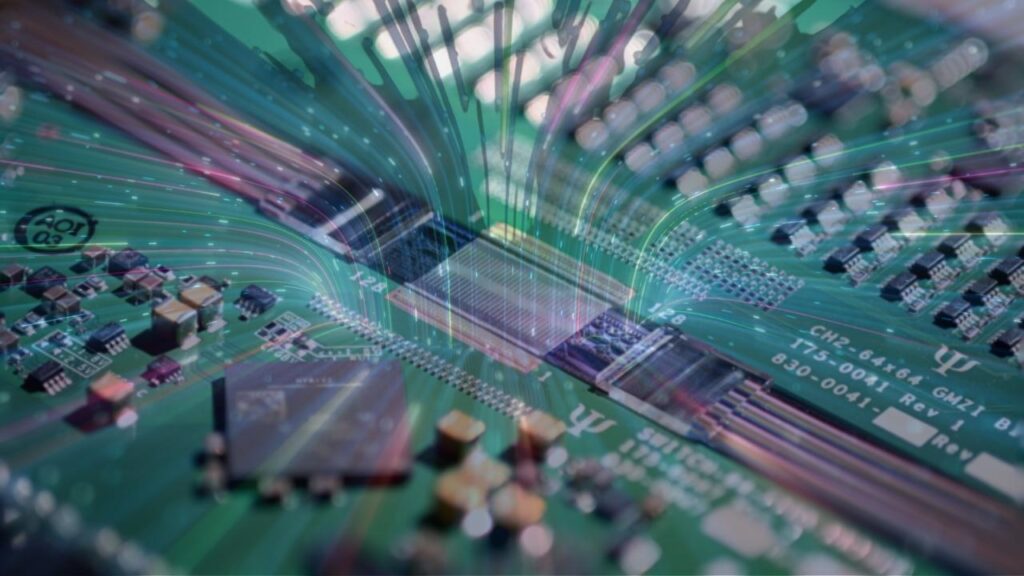Loss-Tolerant Photonic Quantum Computing: Quantum computing is one of the most exciting frontiers in technology, promising to solve problems that are impossible for today’s supercomputers. But building a quantum computer that actually works on a large scale is a massive challenge. That’s where PsiQuantum’s study on loss-tolerant photonic quantum computing comes in—a breakthrough that could finally make this futuristic technology practical and accessible.

PsiQuantum, a leading quantum computing company, recently released a detailed study mapping out how to build quantum computers that use light (photons) instead of electricity. Their roadmap addresses one of the biggest hurdles in quantum computing: how to keep quantum information safe even if some of the photons get lost along the way. This article will break down what PsiQuantum’s study means, why it matters, and how it could change the future of computing for everyone—from curious kids to seasoned tech professionals.
Loss-Tolerant Photonic Quantum Computing
| Feature/Stat | Details |
|---|---|
| Company | PsiQuantum |
| Technology | Photonic (light-based) quantum computing |
| Main Breakthrough | Roadmap for loss-tolerant, fault-tolerant quantum computers using photons |
| Loss Tolerance Achieved | Up to 18.8% photon loss rate with advanced error correction and adaptive techniques |
| Manufacturing | Uses standard silicon photonics and chipmaking infrastructure |
| Resource Tradeoff | Higher loss tolerance requires larger, more complex resource states |
| Commercial Goal | Build a million-qubit, datacenter-sized quantum computer by the end of the decade |
| Funding | Raised at least $750 million at a $6 billion valuation |
| Official Website | PsiQuantum |
PsiQuantum’s study on loss-tolerant photonic quantum computing marks a major leap forward in the quest for practical, large-scale quantum computers. By combining clever error correction, adaptive strategies, and scalable silicon manufacturing, PsiQuantum is paving the way for a new era of computing—one where the power of light unlocks solutions to humanity’s greatest challenges.
Whether you’re a curious student, a tech professional, or just someone fascinated by the future, PsiQuantum’s roadmap is a beacon of hope that the quantum revolution is closer than ever.
What Is Photonic Quantum Computing?

Let’s start with the basics: Quantum computers use “qubits” instead of regular computer bits. While a bit can be either a 0 or a 1, a qubit can be both at the same time, thanks to the weird rules of quantum physics. This allows quantum computers to solve certain problems much faster than traditional computers.
Photonic quantum computing is a special type of quantum computing where each qubit is represented by a single particle of light—a photon. These photons travel through tiny channels on a silicon chip, manipulated by mirrors and detectors. This approach is different from other quantum computers, which might use superconducting circuits or trapped atoms.
Why Use Photons?

- Low noise: Photons aren’t easily disturbed by their surroundings, which makes them naturally stable.
- High speed: Light moves incredibly fast, so photonic quantum computers can, in theory, perform operations very quickly.
- Compatibility: Photonic chips can use the same manufacturing processes as regular computer chips, making them easier to produce at scale.
The Big Challenge: Photon Loss

Imagine you’re sending secret messages using flashlights in a dark room. If some of the flashes don’t make it to the other side, your message gets garbled. In photonic quantum computing, losing even a single photon can mean losing crucial quantum information.
Photon loss is the main obstacle to building large, reliable photonic quantum computers. If too many photons are lost, the computer can’t correct its own mistakes, and the calculation fails.
PsiQuantum’s Breakthrough: Making Quantum Computing Loss-Tolerant
PsiQuantum’s new study provides a roadmap for making photonic quantum computers that can tolerate photon loss—even when it happens fairly often. Here’s how they’re doing it.
1. Fusion-Based Quantum Computing (FBQC)
PsiQuantum uses a technique called fusion-based quantum computing. Think of it like building a LEGO castle—not all at once, but by snapping together small, pre-made pieces (called resource states). Each “fusion” is like connecting two LEGO pieces, creating bigger and more complex structures that can run powerful quantum algorithms.
2. Error Correction and Adaptivity
To prevent photon loss from ruining the computation, PsiQuantum uses error-correcting codes. This is like writing your secret message multiple times, so if one copy gets lost, you can still figure out what it said.
- Encoding: Quantum information is spread out across several photons, so losing one doesn’t mean losing everything.
- Adaptive Measurements: The system can change its strategy on the fly, based on what’s happening during the computation. If a photon is lost, the computer can adjust and keep going.
3. Raising the Loss Threshold
PsiQuantum’s study shows that with the right combination of encoding and adaptivity, their system can tolerate photon loss rates as high as 18.8%—almost one in five photons can disappear, and the computer will still work.
How PsiQuantum’s Approach Works: Step-by-Step
Step 1: Building on Silicon
PsiQuantum manufactures its photonic chips using the same technology found in today’s computer chip factories. This means they can make lots of chips quickly and reliably, without needing exotic materials or super-cold temperatures.
Step 2: Creating Resource States
Small groups of photons are prepared in special “resource states.” These are the building blocks for quantum computations.
Step 3: Fusion Operations
Using fusion gates (special entangling operations), these resource states are stitched together to create larger quantum circuits. Think of it as connecting train cars to make a longer train.
Step 4: Error Correction in Action
If a photon is lost during a fusion operation, error-correcting codes kick in. The quantum computer checks for missing photons and uses the information from the remaining ones to reconstruct the lost data.
Step 5: Adaptive Strategy
If the system detects a pattern of photon loss, it can change its measurement strategy in real-time, improving its chances of success.
Why This Matters: Real-World Impact
For Professionals and Researchers
- Scalability: PsiQuantum’s approach allows for mass production of quantum chips, using existing semiconductor infrastructure. This is a huge step toward building million-qubit machines—big enough to tackle real-world problems like drug discovery, climate modeling, and cryptography.
- Commercial Viability: By leveraging standard manufacturing, PsiQuantum can potentially deliver commercial quantum computers faster and more affordably than competitors using more exotic technologies.
For Students and Curious Minds
- Learning Opportunity: The idea that you can build super-powerful computers using light is both fascinating and accessible.
- Inspiration: PsiQuantum’s work shows how creative problem-solving—like using error correction and adaptivity—can overcome even the toughest technical challenges.
Practical Advice: How to Get Involved
- Stay Informed: Follow PsiQuantum’s progress on their official website and read their technical updates.
- Learn the Basics: If you’re a student, start with the fundamentals of quantum mechanics and computer science. Free resources from major quantum computing platforms are a great place to begin.
- Explore Photonics: Photonic quantum computing is an exciting field. Check out introductory videos and courses from online learning platforms.
- Join the Community: Many universities and online forums have quantum computing clubs and discussion groups where you can ask questions and share ideas.
Satellite LiDAR and AI Enable Rapid Forest Carbon Mapping Breakthrough
Researchers Develop Metallic Materials Using Data-Driven Frameworks and Explainable AI
Quantum Multimode Encoding Breakthrough Promises Higher Data Density and Efficiency
FAQs About Loss-Tolerant Photonic Quantum Computing
What is photonic quantum computing?
Photonic quantum computing uses photons (particles of light) as the basic units of information (qubits). These photons travel through tiny channels on a chip and are manipulated by mirrors and detectors.
Why is photon loss a problem?
If a photon is lost, the quantum information it carried disappears. Too much photon loss means the computer can’t correct its own mistakes, making reliable computation impossible.
How does PsiQuantum solve photon loss?
PsiQuantum uses error-correcting codes and adaptive measurement strategies to recover lost information and keep computations on track, even if up to 18.8% of photons are lost.
When will we see commercial photonic quantum computers?
PsiQuantum aims to deliver its first commercial quantum computer by the end of this decade, leveraging its scalable manufacturing approach.
What can quantum computers do that regular computers can’t?
Quantum computers can solve certain problems—like simulating molecules or factoring large numbers—much faster than classical computers. This could revolutionize fields like medicine, finance, and cybersecurity.






